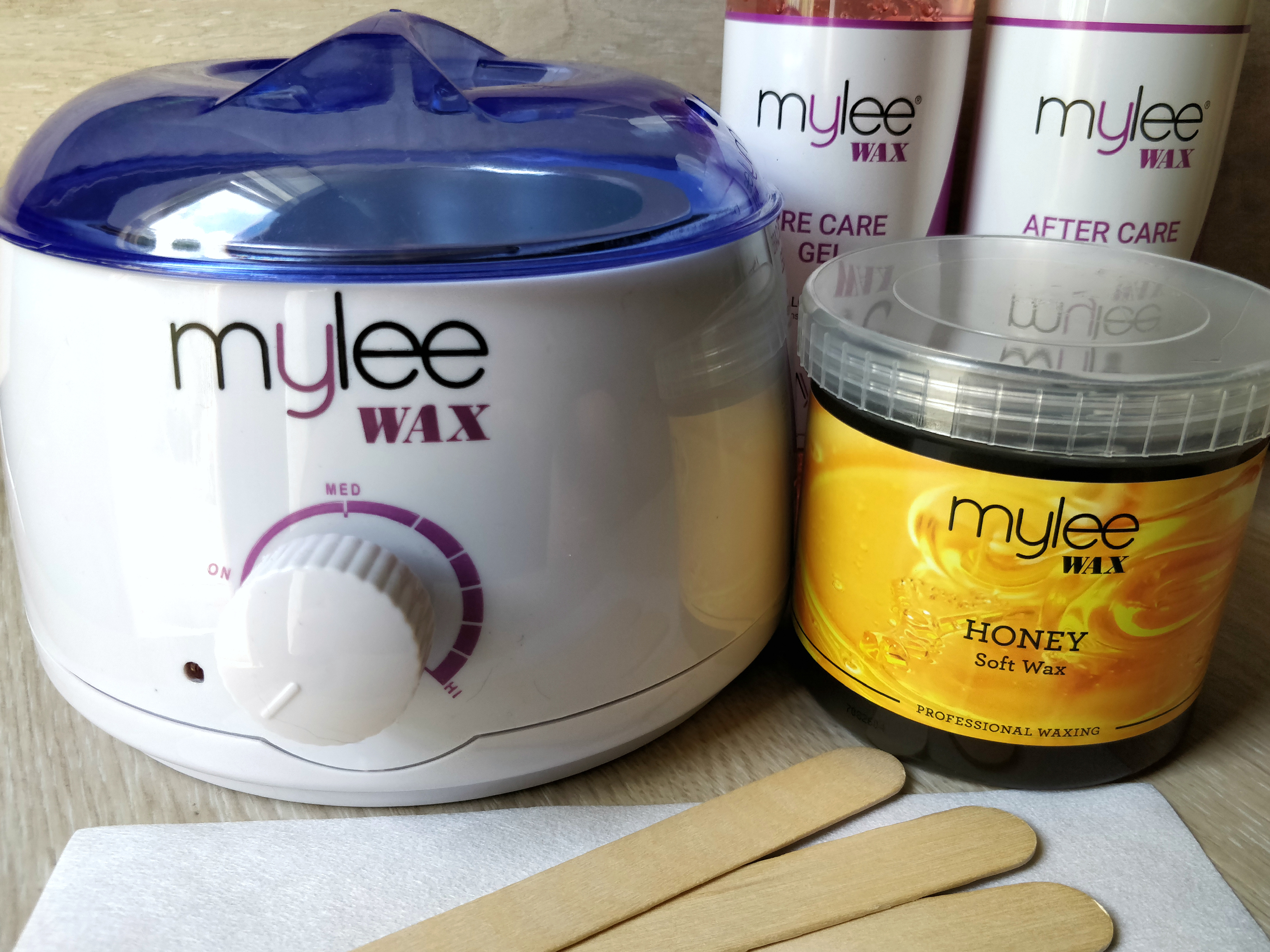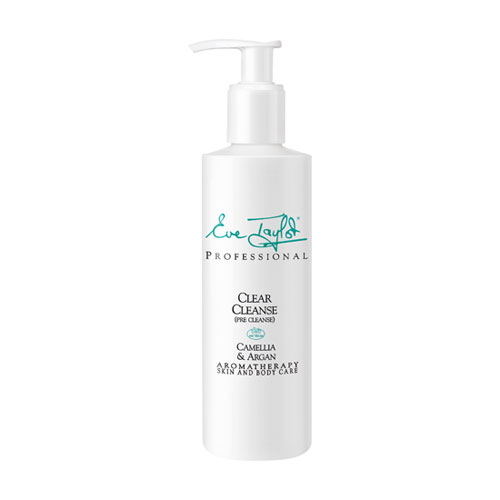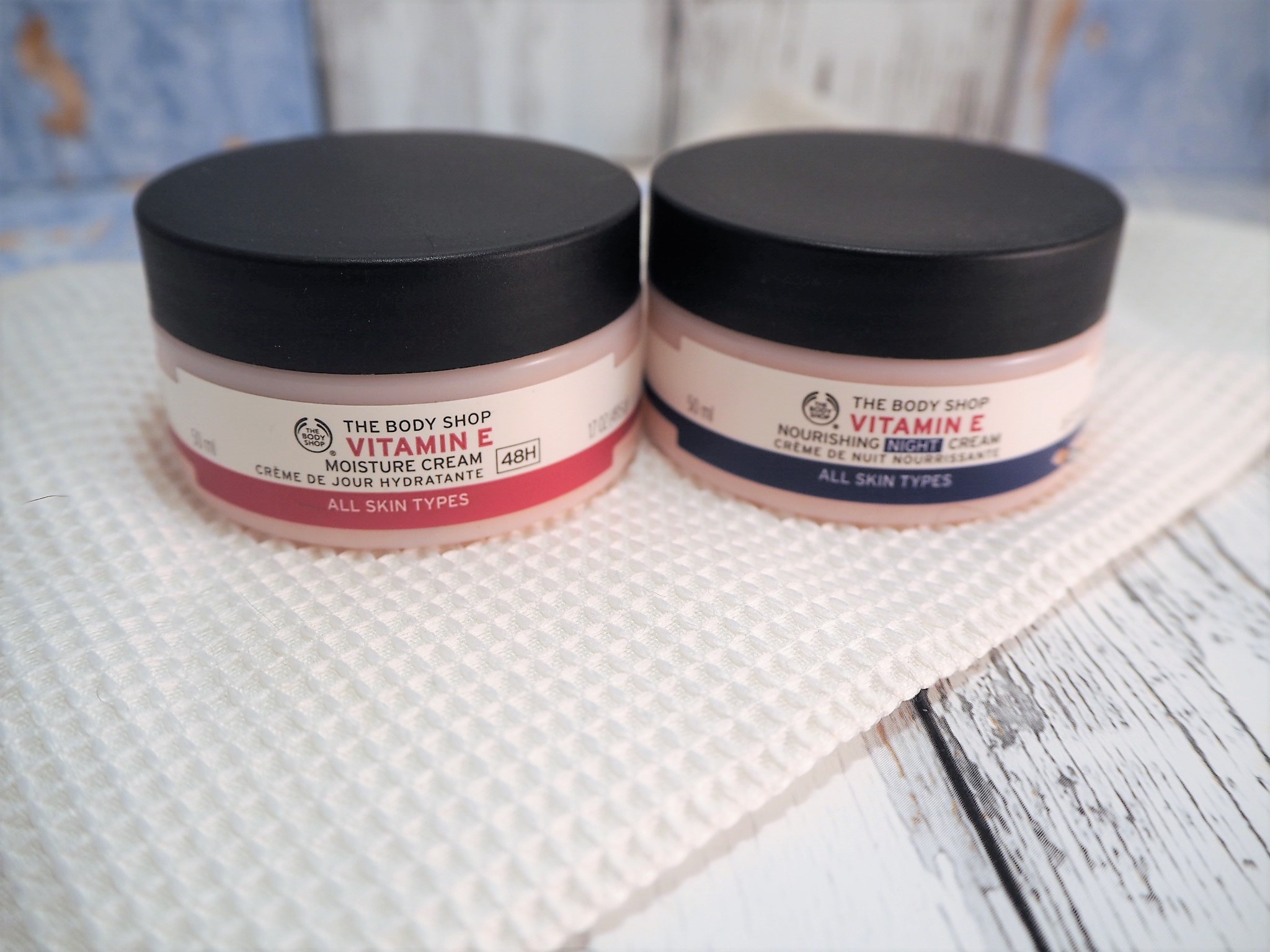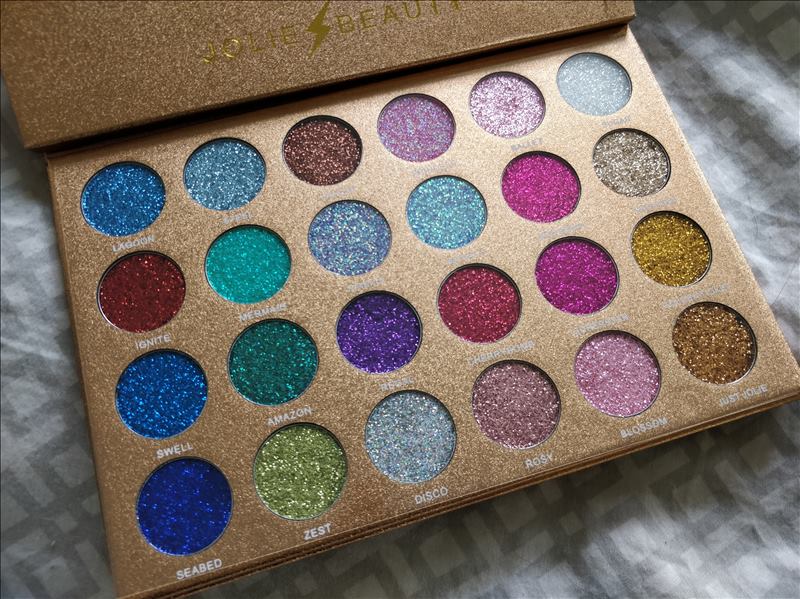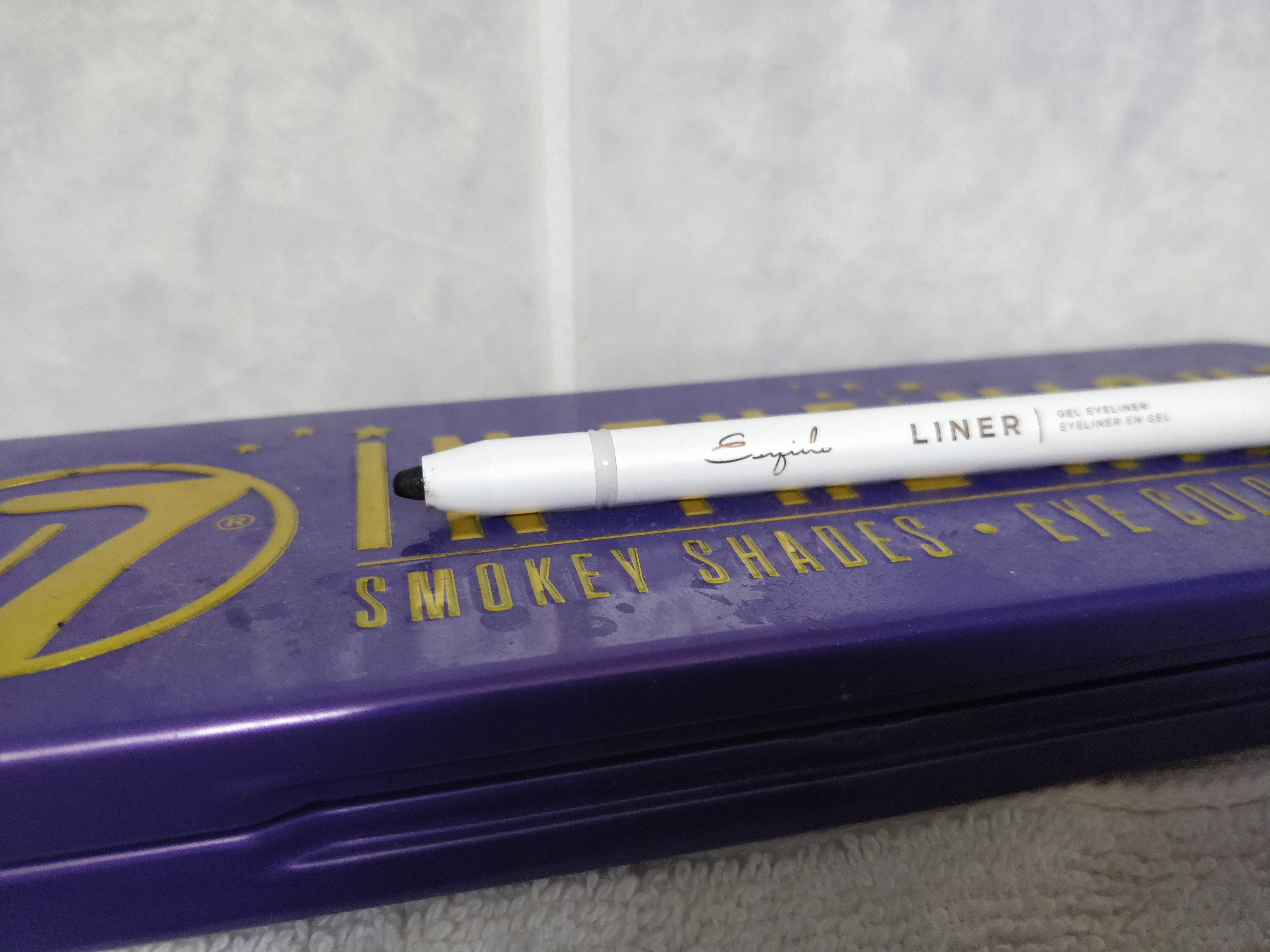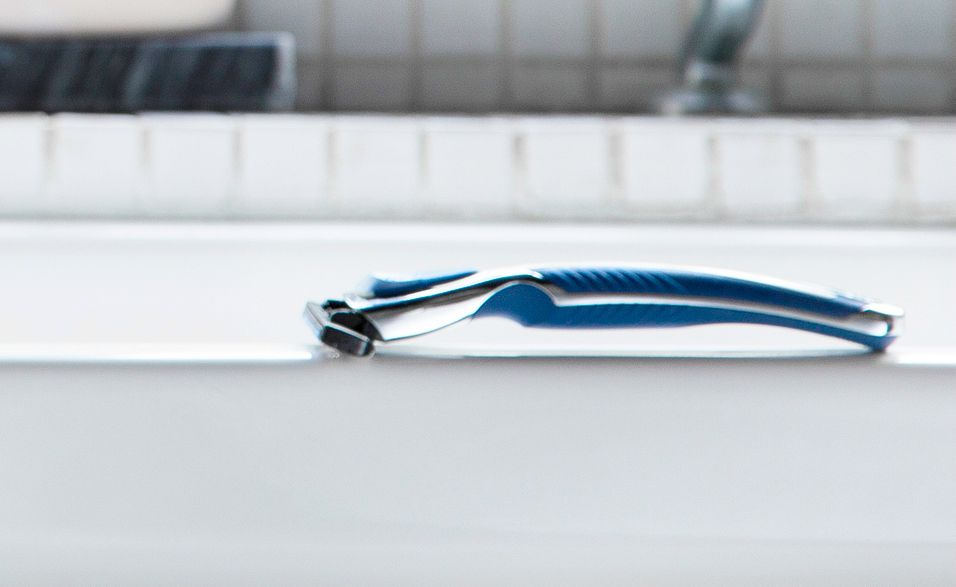The benefits of Dysport injections

It seems like a new generation of non-surgical enthusiasts have taken the wheel over the last couple of years. Since the impact of the pandemic, Zoom Face caused most to consider improving the ‘flaws’ in their appearance and realise the benefits of non-invasive aesthetic treatments to rejuvenate their skin and confidence.
One of the most popular is Botox. This is widely available as Botox or Dysport and both are produced by a bacterium called Clostridium botulinum, with type A being the most common toxin used for injections. However, there are a few subtle differences between the two, and in this article, we’ll be looking at the benefits of Dysport and what makes it ideal for certain procedures.
What is Dysport?
Dysport botulinum toxin solution temporarily reduces muscle activity in the treatment area. Dysport injections are a safe and effective way to reduce facial wrinkles and fine lines, including crow’s feet, frown lines between the eyebrows (glabellar lines) and forehead creases without surgery.
How does Dysport work?
Dysport is made up of 100 units of botulinum toxin type A. When injected into targeted areas on your face, this drug blocks nerve signals from reaching specific facial muscles that have contracted due to being overused.
This helps to relax them, which results in fewer wrinkles and lines and a smoother look overall while leaving your facial expressions still visible enough that you don’t appear completely expressionless or “frozen.”
The benefits of Dysport injections
Apart from working well as an anti-ageing treatment to achieve younger-looking skin, Dysport offers patients many other advantages.
Shorter recovery period
Dysport injections are considered a quick way to get rid of facial wrinkles with minimal discomfort. The effects typically last about 3 – 4 months, meaning fewer visits to the clinic for continued injections compared to some other treatments. It is administered by your dermatologist or cosmetic surgeon during a short office visit of 10 to 20 minutes. Afterwards, you’ll be able to return straight home unless otherwise instructed. As with any procedure, Dysport injections commonly cause temporary and minor side effects, such as pain, redness, or bruising in the area.
Less injection area required
Dysport is injected in fewer places than Botox, so they typically take less time to perform. It uses the same ingredients as Botox, but Dysport requires only one injection per muscle (such as crow’s feet around your eyes or frown lines between your eyebrows), while Botox needs two injections per muscle. Results are also very similar to those you’ll get with Botox; however, it can spread more easily across the surface of the skin because Dysport has a lower concentration of protein to create a more natural appearance.
Treat medical conditions
Dysport has been safely used in medicine since 1989 when it was approved by the U.S Food and Drug Administration (FDA) to treat strabismus, blepharospasm and cervical dystonia. It is also commonly used to treat the symptoms of hyperhidrosis (excessive sweating) by blocking neurotransmitters from reaching sweat glands underneath your skin. Recently, a new study suggests that botulinum toxin A could potentially help reduce symptoms of depression and anxiety too.
Quick, long-lasting results
Dysport injections work in a matter of days, making it an excellent choice for a patient who wants facial rejuvenation benefits, without waiting weeks to see results. Patients can return to regular activities immediately after treatment and Dysport has been shown to provide quick, long-lasting improvement with just two or three treatments per year.
So, there you have it! If you’re considering using Dysport injections, discuss this first with your doctor and/or dermatologist to see if this treatment is right for you.
